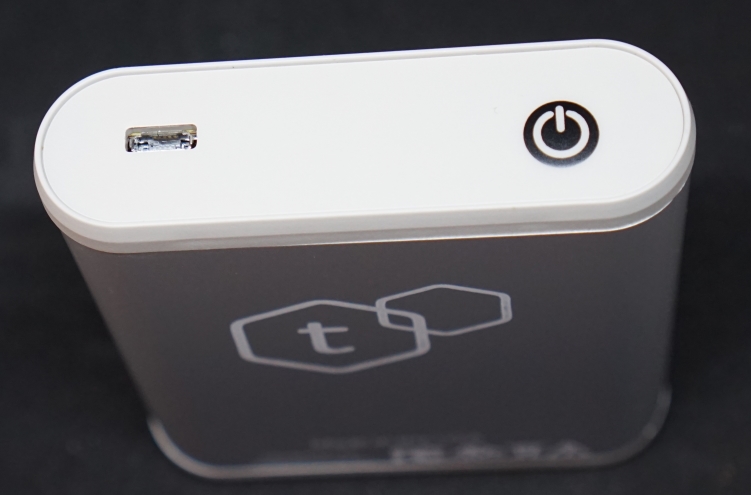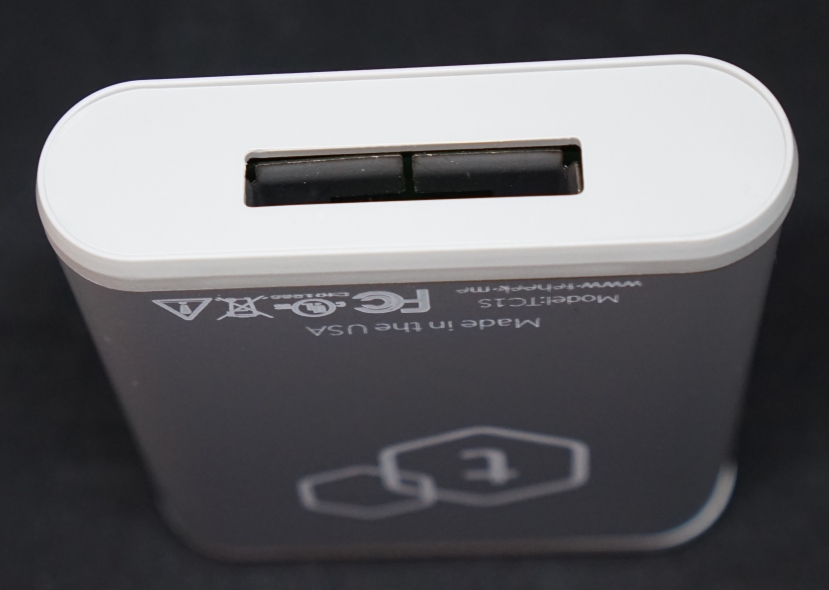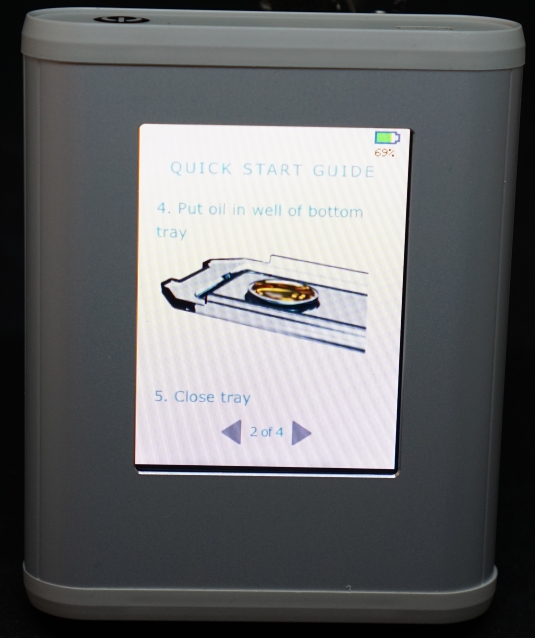GreenHopper
20 going on 60
The Tech in tCheck $299.99
I have one of these on the way and should be able to do some real world testing in the next couple of months.
I've just received an email from the company telling me they are on track for end of march shipping on the first batch.

"tCheck is an application specific spectrometer. It works by shining a specific wavelength (color) of light through the oil, then measuring the amount of light that makes it through.
You can do this experiment at home... Take a flashlight and put it behind a small glass of water, then look at the flashlight through the water. Now, start dripping dye or food coloring into the water. As more dye is added, the water gets progressively darker.
The water in this experiment is just like our oils and the dye is like the cannabinoids (THC, CBD, etc.). The more cannabinoids in the oil, the darker the water.
Our eyeballs can only detect a limited range of colors (wavelengths). tCheck uses a wavelength of light beyond our ability to see. However, cannabinoids filter or darken the oil at this wavelength.
Inside tCheck, the light emitter, tray, and receiver have all been calibrated. This means that the amount of light generated is always known, the thickness of the oil within the tray, and sensitivity of the detector is also always known. This consistency, along with some fancy signal processing allows tCheck to translate the dimness of the light into what we call a cannabinoids by volume measurement.
Why do we call it an application specific spectrometer? Because it only measures cannabinoids. Regular spectrometers use a bunch of different wavelengths of light and can measure all kinds of stuff like the carbon dioxide content in Himalayan glacial ice. The problem is that it is extremely difficult to tell the difference between 10,000 year old carbon dioxide and some other unknown compound. To definitively tell the difference, you must collect a ton of data across a wide range of wavelengths and compare those numbers against a massive database. Even then, it is difficult to determine the amount of carbon dioxide in Himalayan glacial ice.
tCheck does not try to measure anything and everything. It only measures the cannabinoids dissolved in oils (and tinctures in the near future). Because it is not a general purpose spectrometer, it doesn’t need to make a million measurements and host a gigantic database. By doing only a single function, the electronics inside could be miniaturized."
I have one of these on the way and should be able to do some real world testing in the next couple of months.
I've just received an email from the company telling me they are on track for end of march shipping on the first batch.

"tCheck is an application specific spectrometer. It works by shining a specific wavelength (color) of light through the oil, then measuring the amount of light that makes it through.
You can do this experiment at home... Take a flashlight and put it behind a small glass of water, then look at the flashlight through the water. Now, start dripping dye or food coloring into the water. As more dye is added, the water gets progressively darker.
The water in this experiment is just like our oils and the dye is like the cannabinoids (THC, CBD, etc.). The more cannabinoids in the oil, the darker the water.
Our eyeballs can only detect a limited range of colors (wavelengths). tCheck uses a wavelength of light beyond our ability to see. However, cannabinoids filter or darken the oil at this wavelength.
Inside tCheck, the light emitter, tray, and receiver have all been calibrated. This means that the amount of light generated is always known, the thickness of the oil within the tray, and sensitivity of the detector is also always known. This consistency, along with some fancy signal processing allows tCheck to translate the dimness of the light into what we call a cannabinoids by volume measurement.
Why do we call it an application specific spectrometer? Because it only measures cannabinoids. Regular spectrometers use a bunch of different wavelengths of light and can measure all kinds of stuff like the carbon dioxide content in Himalayan glacial ice. The problem is that it is extremely difficult to tell the difference between 10,000 year old carbon dioxide and some other unknown compound. To definitively tell the difference, you must collect a ton of data across a wide range of wavelengths and compare those numbers against a massive database. Even then, it is difficult to determine the amount of carbon dioxide in Himalayan glacial ice.
tCheck does not try to measure anything and everything. It only measures the cannabinoids dissolved in oils (and tinctures in the near future). Because it is not a general purpose spectrometer, it doesn’t need to make a million measurements and host a gigantic database. By doing only a single function, the electronics inside could be miniaturized."
Last edited by a moderator:



















 :
:













